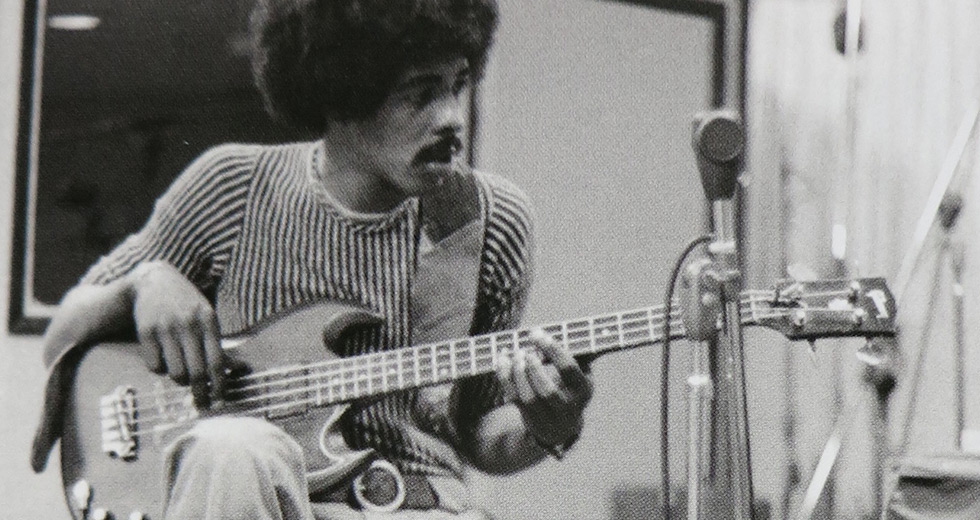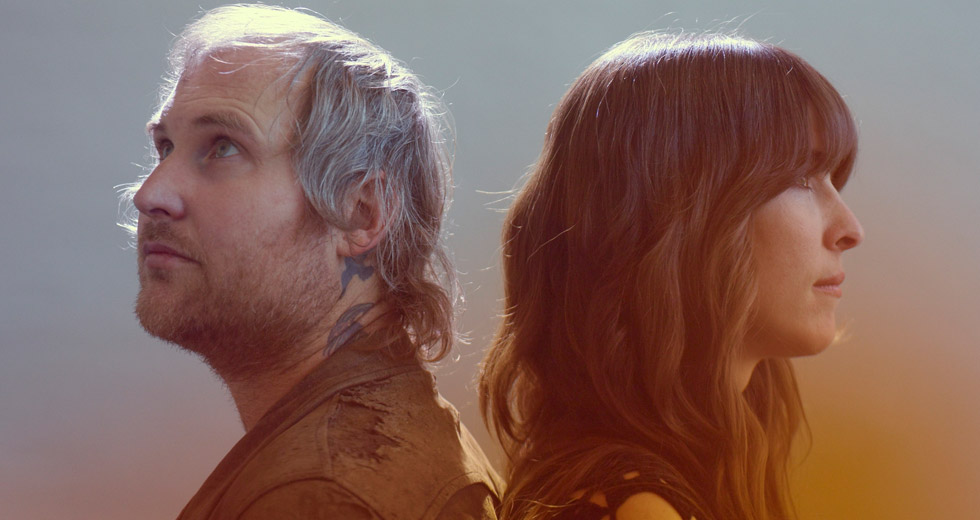The Rise of South African Hip-Hop
Ian McQuaid takes a look at a scene that has finally found its own sound.
KO, veteran of the South African hip hop scene, hasn’t just been having a good month – he’s been having the month of his career.
“I think South African hip hop right now is at its peak,” he tells me over a crackling Skype. “There are so many great things that have happened since 2014. We took a 360 degree turn with our music and our sound, and right now this is probably the best time South African hip hop has ever had.”
KO has reason to feel positive. On April 19th he grabbed Record of the Year at the South African Music Awards – the most coveted award at the nation’s equivalent of the Grammys. It was the ceremony’s 21st edition, and the first time a hip hop record had taken this honour. For KO this is the watershed moment; the genre he has been shaping for over a decade has finally come of age.
KO’s award-winning song, “Caracara,” was an easy choice for the judges – over a beat throbbing with menace and bass, KO and new kid Kid X rapped an ode to the VW Caravelle (the Caracara of the title) – a camper van that was popular in the ’90s for cruising through the townships. That the track was a banger is a given. More importantly, it was unashamedly South African in both subject and execution. Delivered in a mix of languages, dealing with a subject that the nation could love, and using a beat that owed as much to the electronic intensity of South Africa’s dance scene as to any American hip hop, this was a perfect distillation of the country’s new found hip hop swagger – and a statement of intent.
“The texture of our beats used to be foreign – it was like we were trying to do what Jay-Z or Drake were doing in America.” KO admits. “So when we finally made the decision to use our own cultural influences to create what is now South African hip hop identity, we found that was more appealing, not only to fellow South Africans but also beyond our own borders – we now have traction in Nigeria, in East Africa, Central Africa. It was a smart decision. Teargas, unfortunately, as much as I was a part of it, have to take some blame for contributing to the whole clouded vision we had of South African hip hop.”
Teargas was the group KO came to prominence with. Started back in 2004 with brothers Ma E and Ntukza, the trio met at university in the industrial city of Vanderbijlpark, and quickly became a big deal in the small South African hip hop scene. They were named in a deliberately provocative manner and came from a conscious mentality, as the softly spoken Ma E details over the phone: “The name Teargas comes from 1976, June 16th when kids were marching against apartheid and a lot of teargas was used against them, and others were hit by rubber bullets. And so as Teargas we wanted to focus on what is our new struggle, after apartheid. With Teargas we achieved that – but then we wanted something new.”
The problem that Teargas faced was that South Africa already had a musical love: house music. You’ll hear it played everywhere from night clubs to taxis to banks. There is a homegrown offshoot, Kwaito, which fuses house rhythms with rap vocals, and for the last decade, many have taken Kwaito to be the true South African version of hip hop. When Teargas put their act on hold in 2011, they decided to re-approach hip hop, with Ma E & KO setting up a label, Cashtime Records, to support new artists. Over the last three years, Cashtime has morphed into Cashtime Life, seeking to position themselves as an agency that sells clothes and lifestyle products as well as music.
All of this would matter little if they didn’t have the tunes to back them up. However, in the last year, Cashtime has gone into overdrive. Alongside a massive selling solo album from KO, and the big club hit, “uGogo,” from Ma E, they have nurtured a camp of young talent, including Kid-X, Maggz and Moozlie, all of whom spat over beats that took the deep electronic soundscapes of Kwaito and slowed them down to a slinking hip hop tempo.
Cashtime are not the only crew pushing this new direction – and there seems a genuine excitement amongst the rappers about the whole SA scene. It’s a refreshing vibe – when American rappers are asked which of their contemporaries they rate, they often as not refuse to answer, or return the conversation to themselves and their crew. KO, on the other hand, is happy to reel off a string of names. “There are plenty of guys who are doing amazing things right now. There’s AKA, he uses mostly English in his raps, but in a South African context – before when a lot of us were using English we would put an American influence into it, which was the reason why people were distancing themselves from what we were doing. AKA is 100% South African. There’s also a guy called Cassper Nyovest, he’s more of a turn up artist, full of bounce, it’s anthemic. There’s also Riky Rik who just put out an awesome album. He’s still new and trying to find his ground, but he has momentum and is making a lot of noise in the country right now.”
The name AKA may be familiar to UK readers – his recent single “All Eyes On Me” had the distinction of being the first South African hip hop tune to be A Listed on 1Xtra. Its addictive bounce is a breezy African response to DJ Mustard’s sparse bass melodies, and includes a heavy cameo from Nigeria’s dancehall don Burna Boy. Speaking in a few snatched minutes before boarding a plane to embark on an African tour, AKA agrees that there is something of a golden age occurring. He mentions a new pride amongst South African’s in approaching their own heritage. “Right now I think we’re going through a revival of sampling our own music, and pushing our own music, as opposed to sampling international artists. Sampling is different now, we don’t sample George Benson or the Temptations. Now we’re looking to artists like Brenda Fassie or Fela Kuti.”
When asked to chart a timeline of hip hop in his country, AKA stretches back to the ’90s, detailing the acts that have been stepping stones on the way. For the novice, it’s pretty much a perfect jumping off point for a scene that is starting to blow. “P.O.C. were one of the first groups doing hip hop in South Africa. They were banned by the apartheid government in the early ’90s for political content, and they’re probably the most politically voiced group in South African music. Next, one of the first big groups was called Skwatta Kamp. They opened up a lot of doors in mainstream South Africa. South African hip hop only became mainstream in our media round about 2002 – 2003, Skwatta Kamp were huge pioneers, and they’re song ‘Umoya’ was very influential. You also have to look at Teargas, they had a song called ‘Go Away,’ that’s another big song. There was the Skwatta Kamp era, then the Teargas era, then HHP with the song ‘Music and Lights.’ After that you have the rise of people like Khuli Chana with ‘No More Hunger.’ After Khuli Chana was pretty much my era, and the height of my powers is pretty much now – ‘All Eyes on Me’ has gone all through Africa and out into Europe – so that feels like the next step.”
AKA then encourages me to check out Riky Rik (again), OkMalumKoolKat, Kid-X and a rapper called Younger. Then he’s gone, off to the departure lounge, ready to get onto a plane, to head out to Nigeria, to Ghana, to Tanzania, one of the new generation of South African artists looking to take that next step, to bust out of South African and take on the world.

